Turkmenistan, lying along the eastern shore of the Caspian Sea, with Kazakhstan and Uzbekistan to its north and Iran and Afghanistan to its south, may be the least explored of the five Caspian countries, but the country is as rich in culture and cuisine as any of its neighbors. A blend of its nomadic past, ethnic Turkmen majority, and Uzbek, Russian and Tajik minorities, Turkmenistani cuisine is piled high with meat, rice, sour milk products, cereals, vegetables, cheeses and butter made from camel’s milk.
A hallmark of Turkmenistani cooking is preserving the original flavors of the ingredients and not masking them with intense herbs and spices, which had been introduced mostly in the 20th century. A meat-lovers paradise, dishes include lamb, chicken, hares, gazelle, deer, camel, a medium-sized game bird called ptarmigans, and other wild birds. The consumption of horsemeat is prohibited, as horses are revered as sacred animals since ancient times. (The Akhal-Teke, a breed famous for its stunning coat with a metallic look, is the national emblem of Turkmenistan.)
While there are many similarities between meat dishes found in Turkmenistan and those in other Central Asian and Caspian region countries, how the meat is cooked makes all the difference.
Below are top 10 “must try” dishes for visitors to Turkmenistan:
10. Shurpa
Shurpa is one of the most popular Turkmen and Central Asian soups, made from mutton broth and complete with the addition of potatoes and tomatoes. The boiled vegetables are cooked together with fried onions, carrots, flour, bay leaves, salt and pepper. The broth and vegetable mix is served in a bowl, along with boiled mutton and a dollop of sour cream.

9. Dogroma chorba
Dogroma chorba is another meat soup with an amazing taste. Easy to prepare, dogroma chorba is made by boiling mutton, or lamb meat, with the kidneys, heart and lungs, using salt and pepper for seasoning, while throwing in a few tomatoes. Cut into small pieces, the boiled ingredients are mixed together and cooked in their broth. Broken pieces of flatbread and chopped onion round out the dish right before it is served.
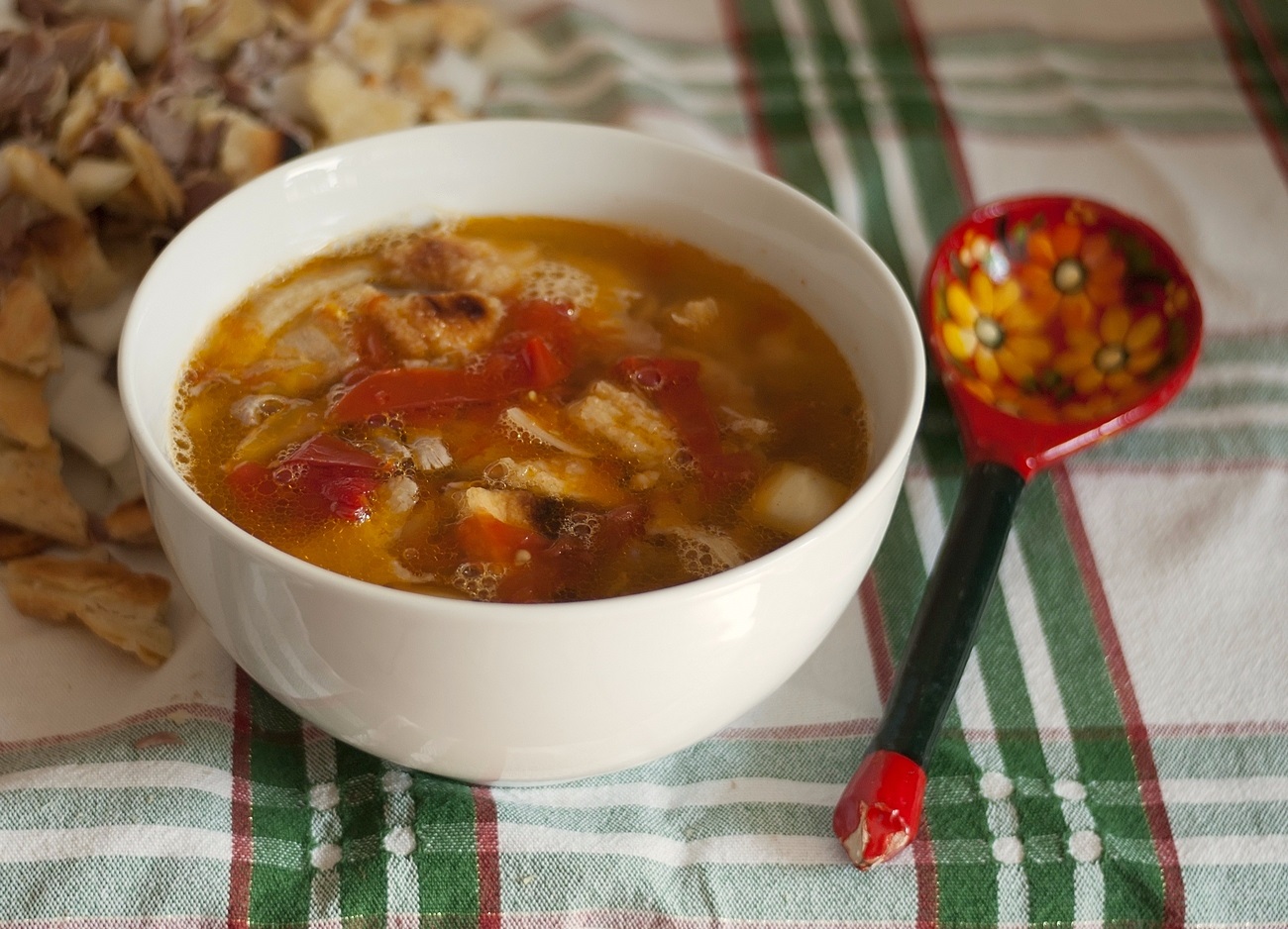
8. Shashlyk
A very popular and common food in the Turkic countries, shashlyk in Turkmenistan is different from that found in other countries. Skewered pieces of meat, usually lamb, are grilled over an open fire made from haloxylon, a tree-like shrub that grows in the vast Karakum Desert of Turkmenistan and lends its flavor to the meat cooked over it. Shashlyk occupies a distinct place at the Turkmenistani table, so if one is looking for a unique grilled experience, definitely give shashlyk a try!
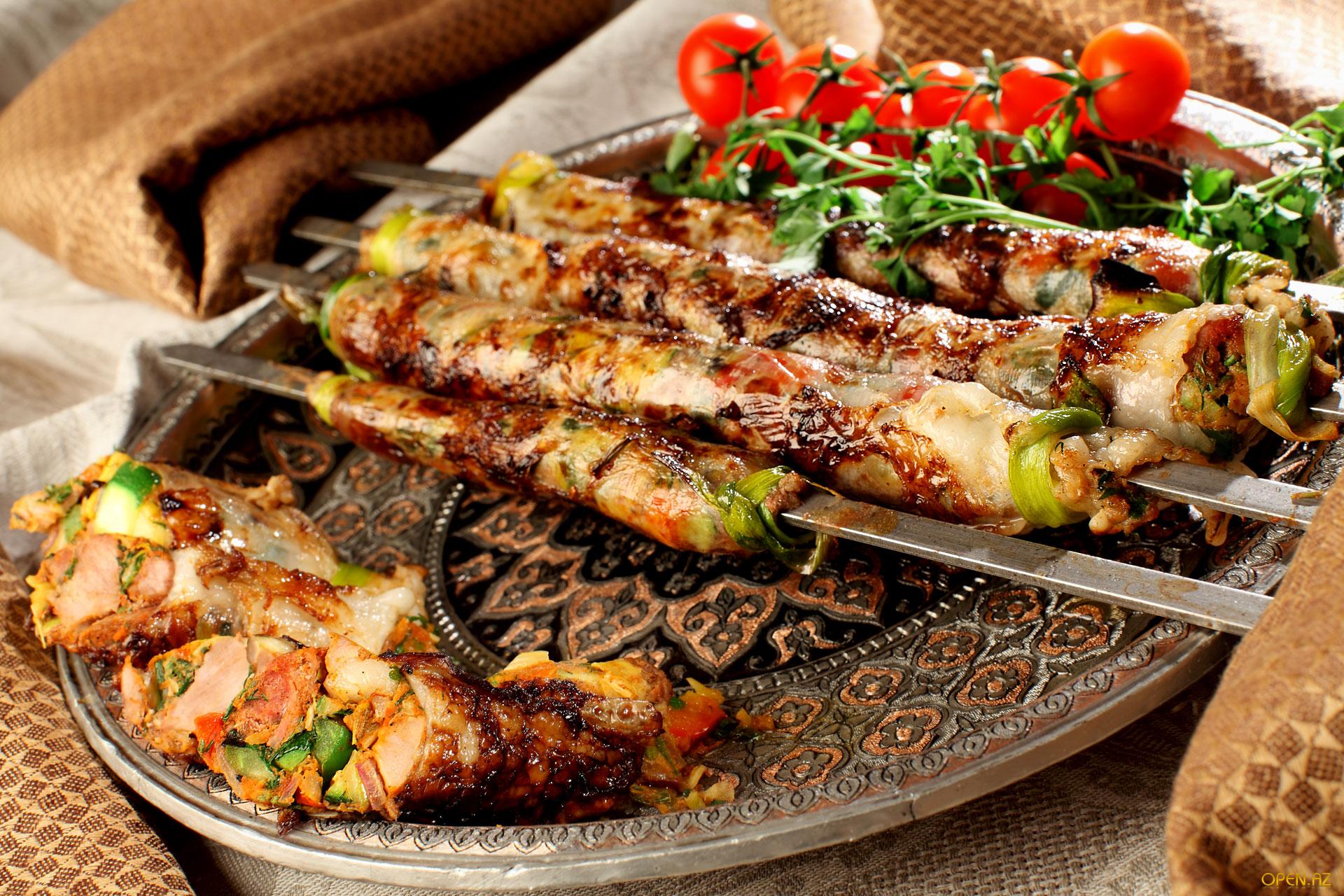
7. Chorek
There is a saying in Turkmen society: “Bread is the head for everything,” and chorek reflects this belief. Chorek is Turkmen flat bread made in a tamdyr, a clay oven, which is considered the most sacred place in a home. According to tradition, one never steps on a piece of bread, and chorek should not be cut or carelessly broken with one hand; rather it should be broken apart with both hands. Turning a piece of chorek face-down, or throwing it away, is forbidden.

6. Kovurma
Turkmens were historically nomads, and as such devised several ways for preserving meat. Kovurma is meat chopped into small pieces and fried in its animal fat. Kovurma is considered one of the tastiest dishes and could be eaten either hot or cold.
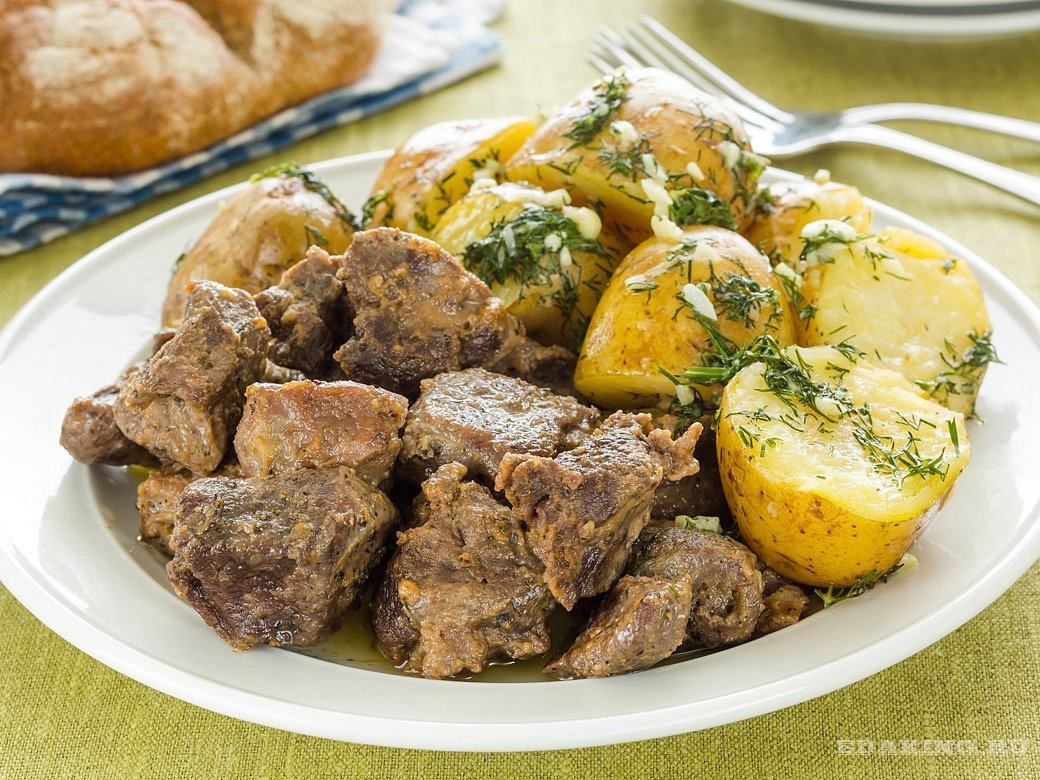
5. Gutap
Gutap, meaning “half-moon,” is a kind of flatbreads stuffed with beef or lamb and onions. They are cooked in a pan over the stove, and eaten with one’s hands. Similar to Azerbaijani qutab, Turkmen gutab has several variants for the stuffing, including meat, potatoes, spinach or pumpkin.

4. Kazanlama
Said to be an ancient dish, kazanlama was traditionally prepared by shepherds in the desert using saxaul, the desert bush that is also used to cook shashlik. Marinated in salt, garlic and paprika, lamb meat is placed directly onto hot coals and covered in a big cauldron, which in turn is buried in slightly wet sand. After about an hour, the juicy and golden-colored chunks of lamb are ready. Kazanlama is not the easiest dish to prepare, but one that is worth the wait!

3. Manti
Manti, in its various forms, can be found across the Turkic world, in countries as far west as Turkey and Azerbaijan (where it is called dushbara), and in Kazakhstan, where it is referred to by the same name. Cooked in a multi-level steamer or pan-fried, manti is a dumpling stuffed with meat, onions, salt and ground black and red pepper. Served with a yogurt sauce or simply with pepper, the pan-fried version tend to have a crispy brown bottom, while the steamed variant are more plump and juicy. Regardless of how you like them, manti have an extraordinarily delicious taste!

2. Dograma
If there is one dish on this list that is distinctly Turkmenistani – that is, has no equivalent in the region – it is dograma. The word literally means “to cut into pieces,” and has a long history that date back to sacrificial rituals and rites. The dish is normally prepared for special religious holidays and occasions such as Gurbanlyk, a three-day religious holiday that falls on the tenth day of the Islamic month of Zulhijja, where families, friends and neighbors visit each other and share a meal. The cooking process begins with baking multiple flatbreads in a tamdyr, or clay oven, and boiling fresh mutton in a large cauldron until the meat is tender enough to fall off the bone. Bread is then torn into small pieces and mixed with slices of onion and shredded meat, served in a bowl and covered in hot broth.
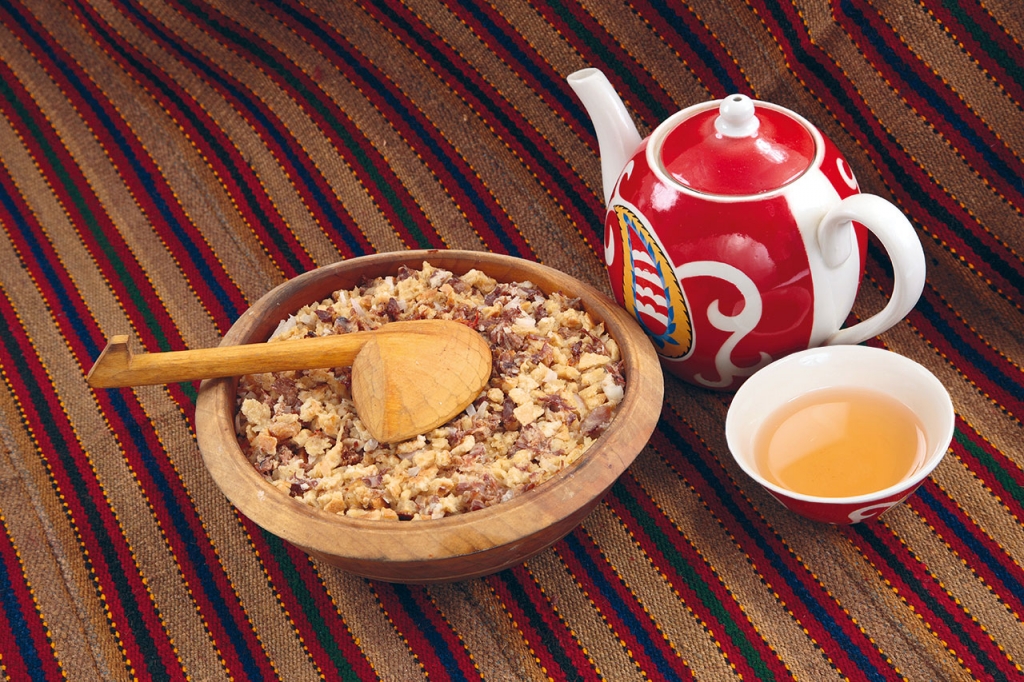
1. Pilaf
Pilaf, also called “ash,” is the jewel in the crown of Turkmenistani cuisine. Similar to that found in the Turkic world, it comes in dozens of varieties, all which consist of two main ingredients: rice and meat. Turkmen prefer using lamb in their pilaf, flavoring the rice mixture with various spices, pepper, onions, thinly-cut vegetables, and sometimes add in fresh or dried fruit. Roasted slices of meat are cooked with chopped onions and carrots, then boiled with the rice until it turns a bright yellow. Pilaf is typically served as the main dish at festive tables, and is traditionally eaten with one’s hands.
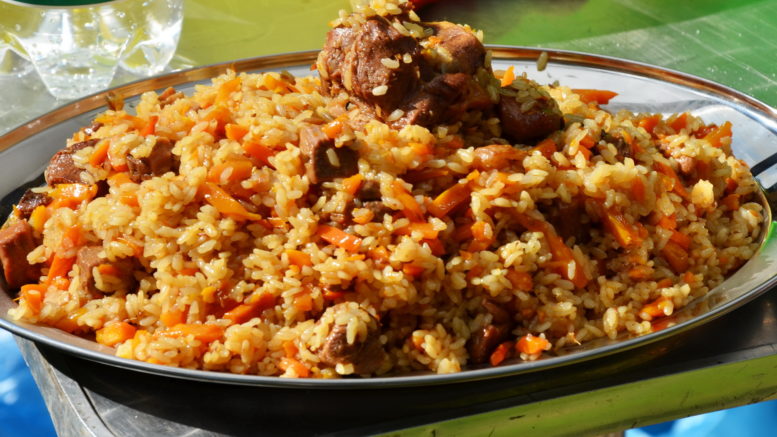


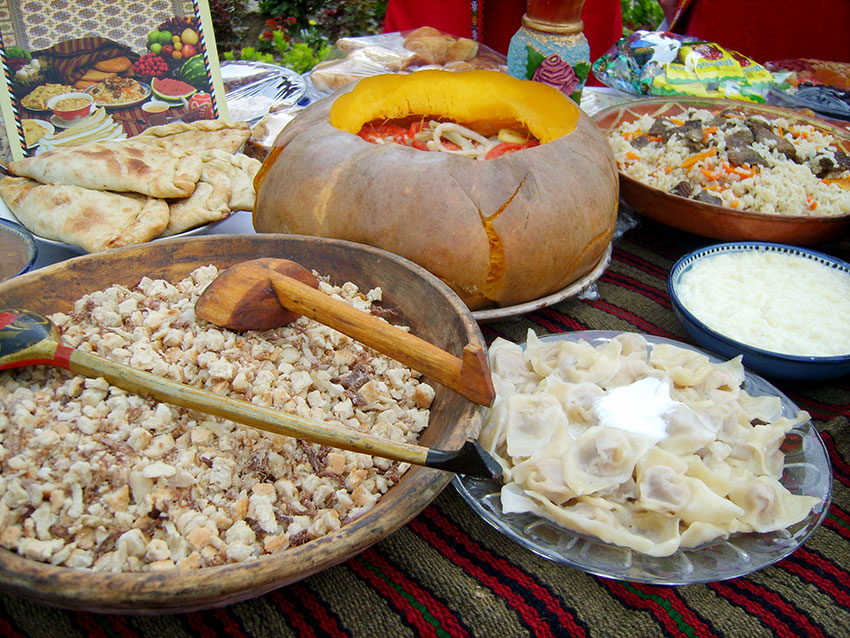




 Armenian sappers commenced on Monday mine-clearance operations in the territories adjacent to the Saint Mary Church in village of Voskepar (Armenia...
Armenian sappers commenced on Monday mine-clearance operations in the territories adjacent to the Saint Mary Church in village of Voskepar (Armenia...
 Russian Foreign Minister Sergei Lavrov has reasserted that Moscow has no intentions to stop the fighting in Ukraine, even if peace talks commence.
Russian Foreign Minister Sergei Lavrov has reasserted that Moscow has no intentions to stop the fighting in Ukraine, even if peace talks commence.
 Iran has refuted reports of alleged damage to Shimon Peres Negev Nuclear Research Centre located southeast of Dimona, Israel, during the recent air...
Iran has refuted reports of alleged damage to Shimon Peres Negev Nuclear Research Centre located southeast of Dimona, Israel, during the recent air...
 Iran and Pakistan have signed eight cooperation documents in various fields, and agreed to strengthen ties to fight terrorism in the region.
Iran and Pakistan have signed eight cooperation documents in various fields, and agreed to strengthen ties to fight terrorism in the region.



